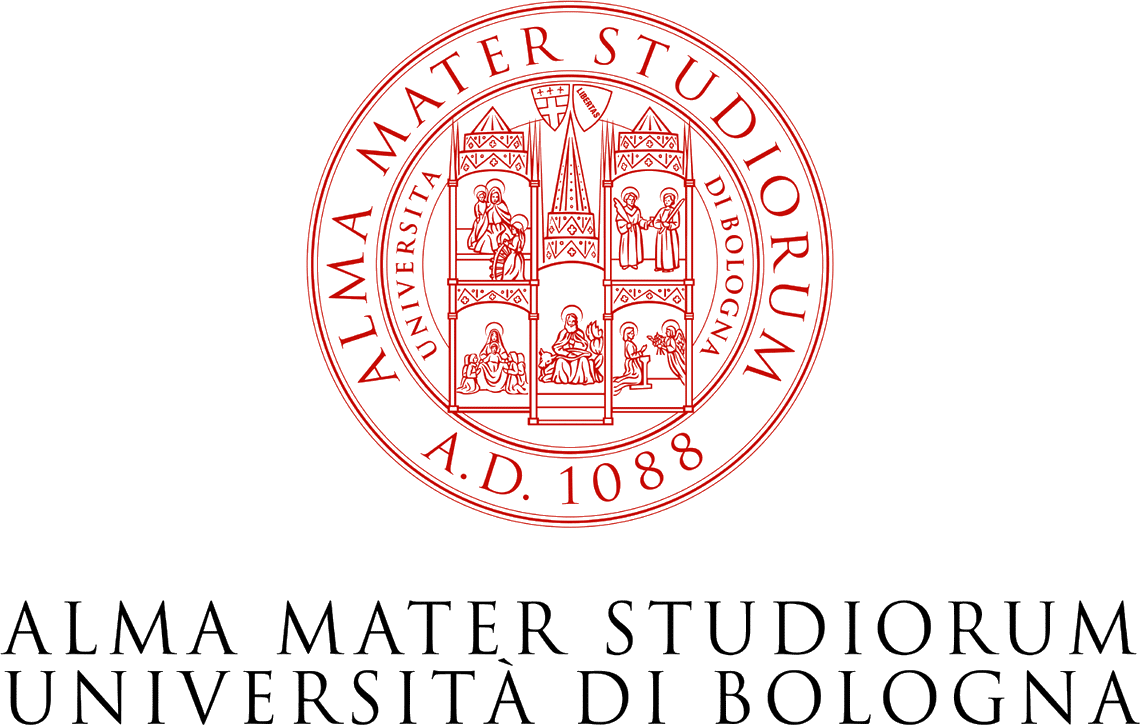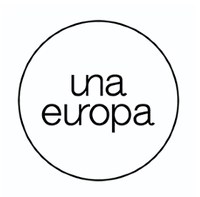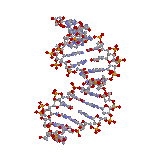



Playing with LEGO® made of DNA
(Italian version - Android app version)
(an educational webpage that demonstrates some concepts of DNA-based nanotechnology ... and lets you play around a bit)
copyright: Giampaolo Zuccheri 2021

The chemistry and structure of DNA is a code that allows two or more molecules to bind to each other in a specific way.
Each DNA molecule is characterized by its sequence: it is like a word that describes its chemical structure. The sequences of two DNA molecules (or two sections of molecules) are said to be complementary when they can bind to each other in a specific way. We can then design the sequence of synthetic DNA molecules so that they can pair up.
Similar to what we can do with LEGO®, we can build DNA bricks and then assemble them. The difference between DNA-based nanotechnology and "normal" LEGO® is that DNA bricks are extremely small (on the nanometer size scale). Furthermore, constructions are not done with your hands: everything happens automatically, just design the right sequences, synthesize them and dissolve them all together in an aqueous solution.
 |
In a solution, the molecules are very numerous and swim in random directions, sometimes meeting each other. If two DNA molecules with any sequences meet, they normally do not interact, as shown in the simulation below (the different colors represent different sequences). |
(press the green flag to restart the simulations or the STOP sign to stop it).
